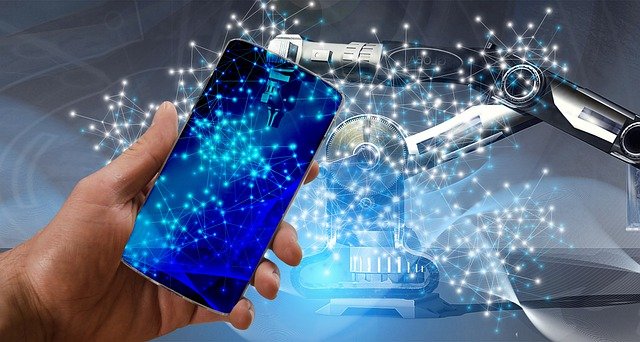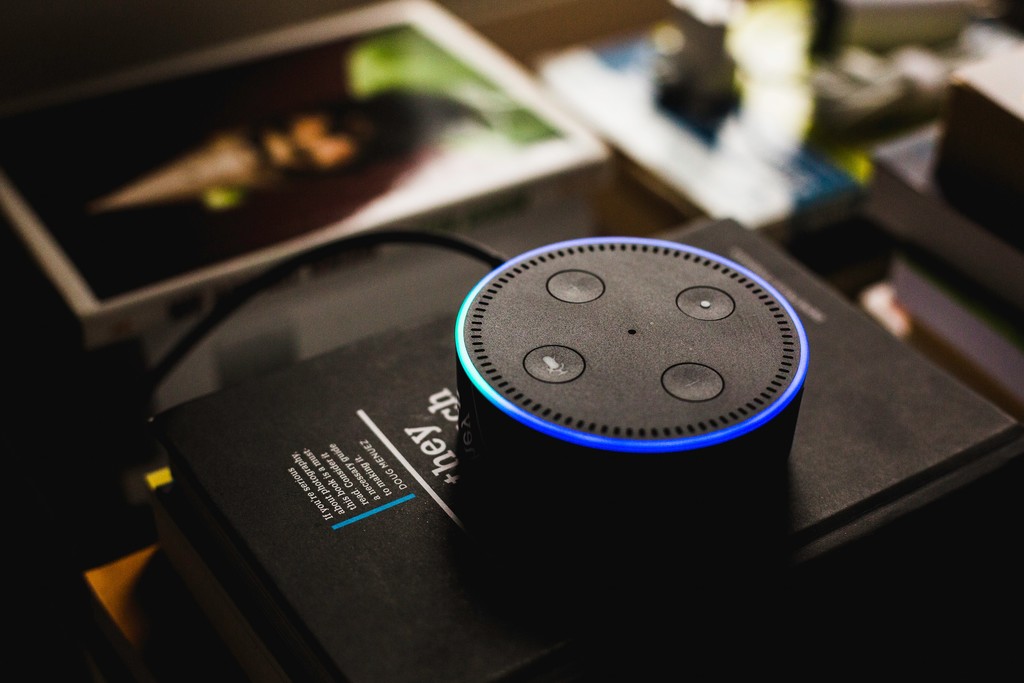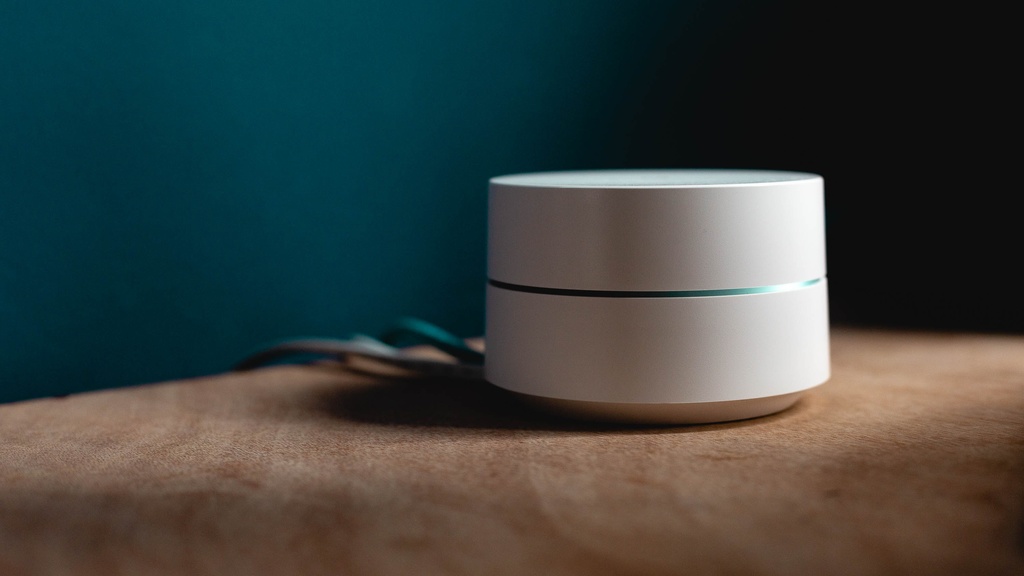Have you heard of IoT devices? Before we delve into this concept, it is important to clarify the definition of the Internet of Things. IoT consists of connectivity between devices and systems, capable of exchanging information with each other.
For this to happen, these devices have sensors that facilitate data collection and analysis, transforming decision-making into various segments of industry and everyday life.
In practice, these interconnected devices can perform complex tasks without the need for human intervention, such as data collection over the Internet.
Want to learn more about it? Get to know the Anatel Certification and follow the content we have prepared for you below!
What is an IoT device?
Something that differentiates IoT devices from other digital devices is not just their function of connecting to the internet. It is also your ability to exchange information with other devices. The aim is to improve the performance itself and other peripherals.
This all seems a long way from our daily lives, doesn't it? However, we live surrounded by devices such as smart refrigerators, autonomous cars, smart lamps and others.
All of them are equipped with chips, sensors and other features that allow the exchange of information with systems and other devices. In addition, the industry works daily to produce specific and more efficient components, focused on this process.
What are the main elements of IoT?
There is a set of factors that define the concept of IoT. So we can't see it as a massive and unique technology. In general, its main components are IoT devices —mentioned above—communications networks, and control systems.
Devices
It's equipment you've seen in your daily life. From large appliances —smart refrigerators, self-driving cars—to smaller objects like smart bulbs and smartwatches.
In this context, the most important thing is that these devices have in their construction, the correct components that enable communication: chips, sensors, antennas, trackers and others.
Many industry sectors have been working hard to make ioT-facing components increasingly available.
Currently, we already see tiny chips and sensors, which in addition to promoting communication between devices, consume very little energy, being ideal for smaller devices.
Communication technologies
Communication technologies involve everything we're used to using: technologies such as wi-fi, bluetooth and even the recent NFC (Near Field Communication).
Some of them have limited range and, for this reason, rely on mobile networks such as 3G, 4G and the newer 5G.
3G and 4G networks are aimed at mobile devices such as smartphones and notebooks, which focus their applications on text, voice, image and video.
This feature means that IoT cannot access such devices efficiently. To do this, it is necessary to optimize these devices in order to obtain a low power consumption and processing resources. It is in this context that 5G enters .
5G Networks
Once IoT is highly popularized, there will be devices with chips, sensors scattered everywhere. Each of these devices will need connection.
Fortunately, with IPv6, a standard that grants a high number of addresses to devices —making the number of addresses nearly unlimited—connecting so many equipment will be more workable.
The current connection limitations come from the technologies we currently have. Our networks have not been developed to support so many connections, from such different devices. So there is great hope with 5G connectivity.
This network, in addition to offering more speed in data transmission, enables each IoT technology to use only the resources needed to accomplish its tasks.
This avoids network failures, such as power expenditure—something inadmissible on battery-powered equipment.
In practice, 5G networks have already begun to be deployed in the industrial environment around the mute, including Brazil. As this technology becomes popular, the number of IoT devices and applications is expected to grow proportionally.
Control systems
Connecting with the Internet and other devices alone is not enough to define IoT technology. The data transmitted between one device and another need to be collected and analyzed, either in the device itself or in a control system.
For example, imagine a smart home with integrated temperature control, safety monitoring, and lighting management. All information from these devices is sent to a system that controls each.
Such a system can be a service in the clouds, which can access the devices remotely. Thus, the owner does not need to update them manually.
What types of IoT?

As we said earlier, the Internet of Things as well as its devices are already part of our daily lives. Some examples of applying IoT in practice are:
- smartwatches: smart watches, connected to the cell phone via IoT, which monitor heartbeats, physical activity and other resources;
- smart homes: electronic devices that enable distance home management , such as integrated lighting;
- automated cars: cars that communicate with mobile phones from IoT, optimizing real-time routes, promoting greater safety for the driver;
- industrial sensors: deployment of sensors in industrial machines that make them smarter, capable of managing their own tasks;
- Smart Cities: In Barcelona, the garbage collection system has been completely automated. The bins run in vacuum, as they are interconnected with an underground network;
- automation in retail: technologies that allow identifying times of greater customer movement, raising the most visited areas of the store, knowing the public and other activities;
- drones: sectors, such as construction, use drones to monitor works. In agriculture, they are used to roam the rural property, detecting anomalies or signs of pest in plantations.
How do I identify an IoT device?
Something that differentiates IoT devices from other technologies present in the world goes beyond simple Internet connection. They are also able to exchange valuable information about their tasks with other devices.
In this respect, we can say that the greatest highlight of a smart device is its power of communication, which facilitates the exchange of data in order to improve its performance and other equipment connected to it.
4 advantages of IoT devices

Taking advantage of a system and devices based on IoT allows us to solve numerous problems, either in everyday life or in the industrial sphere. Here are the main benefits of IoT devices.
1. Increased productivity
IoT devices are able to perform tasks more efficiently while continuously improving their performance. In this way, errors are reduced, increasing the quality of deliveries and improving ROI (Return on Investment).
2. Implementation of remote work
IoT technologies were essential for the democratization of remote work. Its devices assist in the management of tasks, improving the organization and improving the productivity of employees.
3. Market development
According to research conducted by IDC Predictions, IoT could move up to $1 trillion by 2022. This will benefit various market segments, especially the retail and industrial sectors.
4. Decrease in operating costs
Systems that use machines reduce production and personnel costs. In this respect, the business can solve any problem via central operations, without requiring people to go to the site.
This boils down to savings in spending on hiring, commuting and others.
Internet of Things impact on everyday life

So far, you have understood that IoT positively affects society, both personally and industrially. One of the biggest impacts of the Internet of Things is the gain of speed in data transfer, which generates more effective decision-making.
Another aspect is the popularization of wireless communication. Cables have always been technologically limiting factors, even though they are still extremely important.
Then, as IoT progresses, more wireless devices emerge to optimize and accelerate communication between devices.
IoT devices: examples
We have already cited here some examples of the application of IoT technology in our daily lives. Now, let's talk about known devices in the market, which already use this solution in their processes. They are:
- Fitbit: company that produces wristbands and smart watches, aimed at health monitoring;
- Tesla Motors: organization specialized in producing high performance smart cars;
- Philips Lighting: Philips division that develops smart LED lamps;
- Nest: company that creates smart devices for home and business, such as thermostats, smoke detectors and others.
Example of Internet of Things in the industry
In the industrial industry, IoT can be leveraged in countless ways. There are, for example, sensors in machinery responsible for checking the levels of temperature, pressure, extrusion speed and operation cycle of the machine. Other applications are:
- replace labor in repetitive tasks;
- reduce urgent maintenance on machines;
- monitor equipment productivity;
- check processes via temperature and humidity;
- prevent accidents.
How do IoT device certification?

In the same way as all electronic devices produced and marketed in Brazil, IoT devices must also obtain Anatel certification. This certification is mandatory and serves to ensure the quality and credibility of the device.
Thus, consumers understand that devices are safe for use. Overall, the certification process involves a few steps, which are:
- contact a Designated Certification Body (OCD, such as Master;
- follow the OCD recommendations of laboratories enabled for the company to perform safety and quality tests on the product it wishes to market.
Conclusion
This was our guide to IoT devices that we prepared for you. As you can see, this technology is present in our daily life and aims to facilitate various routine and industrial processes.
However, to ensure the quality and safety of these devices, it is essential to issue the Anatel Certification. To do this, it is necessary to contact an OCD to receive the appropriate guidance on the procedure.
Did you like this guide? Then, find out how to get your Anatel Certification and ensure the quality of your communication devices!
